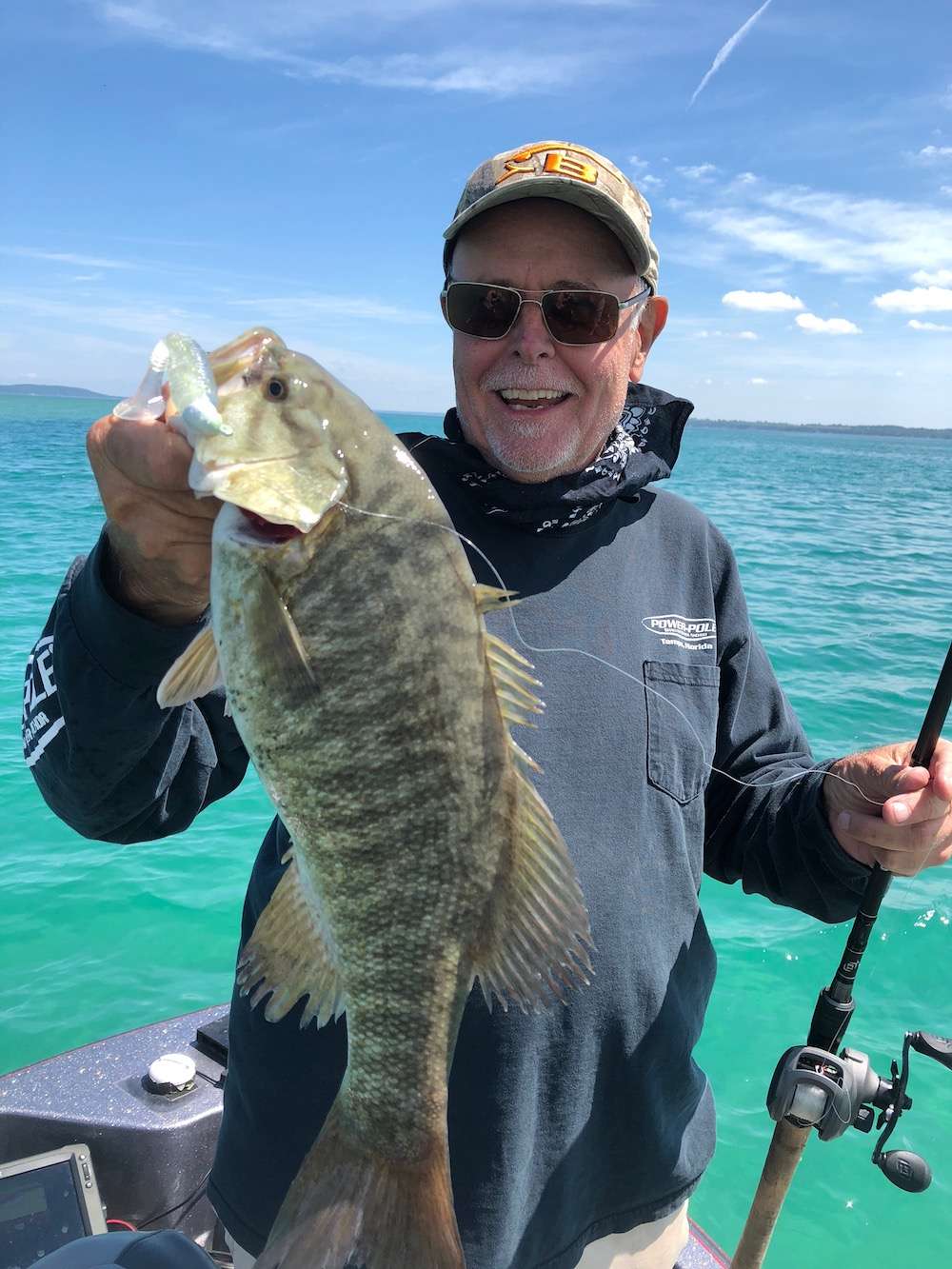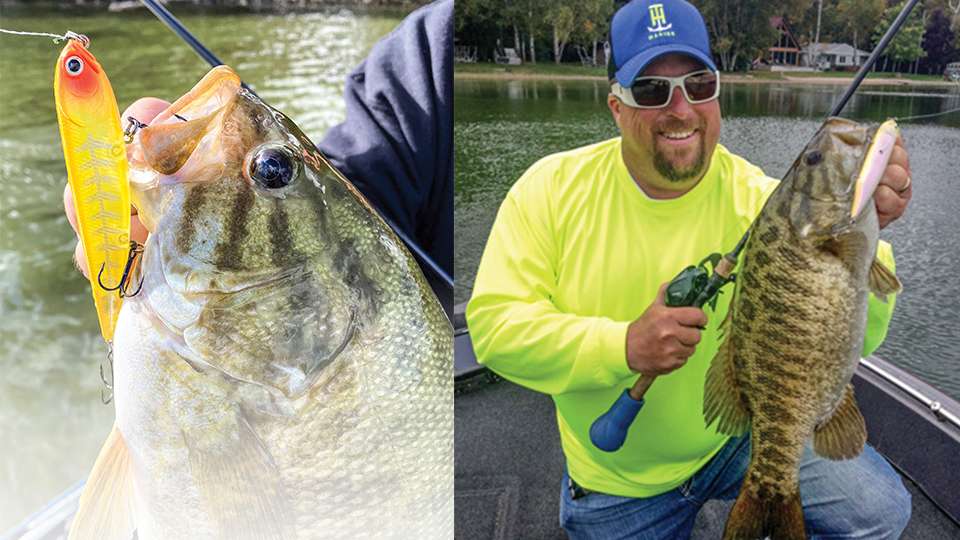
Every fall there’s this thing in northern Michigan the locals call “lake-effect rain,” and boy, does it ever suck. Ordinary thunderstorms may soak you for an hour or so, but then they move on, the sun emerges and you dry out. Not so with this cursed lake-effect stuff. Once those big, dreary clouds of dank, drippy mist roll in off the Great Lakes, they just keep coming and coming, one after another — the zombie apocalypse of precipitation events.
The only rational place to be during a weather event this depressing is indoors. But then, smallmouth bass junkies like Chris Noffsinger and me aren’t all that rational. Shrink-wrapped in Gore-Tex yet still shivering in the clammy windblown mist, we were on a small inland lake, casting topwater lures and putting a righteous whoopin’ on trophy-class bronzebacks.
The soundtrack of that miserable, messy morning still plays in my mind. First I hear the staccato plip-plip-plip of Noffsinger’s Zara Spook dog-walking across the surface like a drunk stumbling out a tavern door. Next there’s the dull, soggy blurp-blurp-blurp of my Whopper Plopper as its rotating tail slaps the water, practically begging a fish to smash it. Finally there’s that sudden, percussive KA-BOOSH as a big smallmouth reaches the breaking point and delivers the killing blow! Regardless of the weather, that, my friend, will warm you up in a jiffy!
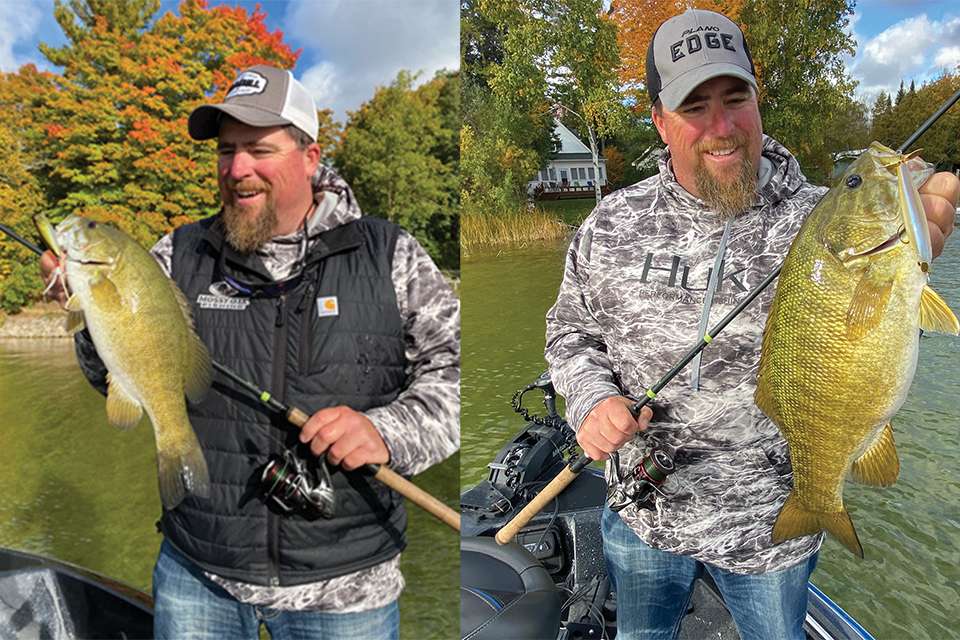
Aggressive reaction
“Most bass anglers who have any experience catching smallmouth know how aggressive these fish are compared to largemouth,” Noffsinger, a veteran Interlochen, Mich., guide (northernadventuresfishing.com) and former Bassmaster Opens competitor, told Bassmaster. “If you’ve targeted both species during their spring spawn, you know that a smallmouth will often instantly attack a lure dropped onto its nest, while it may take forever to coax a bedding largemouth into biting.” Noffsinger says the same aggressive streak that a smallmouth exhibits in spring will resurface in the fall, which for us thrill-seeker bass nuts translates into some truly awesome topwater action. “When conditions get right, slinging topwaters in fall is not merely a viable option for catching a giant smallmouth; it can be your best possible option,” he swears. “And while largemouth most often respond to a surface presentation in low-light conditions, fall smallmouth will hit topwaters all day long, even under bluebird skies. They’ve just got a real short fuse when it comes to something moving over their heads.”
In both the sprawling Lake Michigan bays and smaller inland lakes where Noffsinger guides, many smallmouth spend the summer in superdeep water. “You’ll catch smallies 60 feet deep on a drop-shot rig in August, but once the days grow shorter and the water temperature drops to around 65 degrees, they’ll transition to shallow offshore structures. Here, they’ll fatten up for the winter by gorging on crawfish and baitfish, and their shallow location puts them in prime position to plaster a surface presentation.” Noffsinger says this deep-to-shallow migration occurs anywhere from mid-September to late October, depending on the region. “In my area, prime topwater time occurs when the surface temp hovers between 62 and 58 degrees; this is when I’ll catch many of my biggest fish of the year. It’s a rush catching a lunker smallmouth on any lure at any time, but catching one on a surface bait in fall is beyond awesome!”
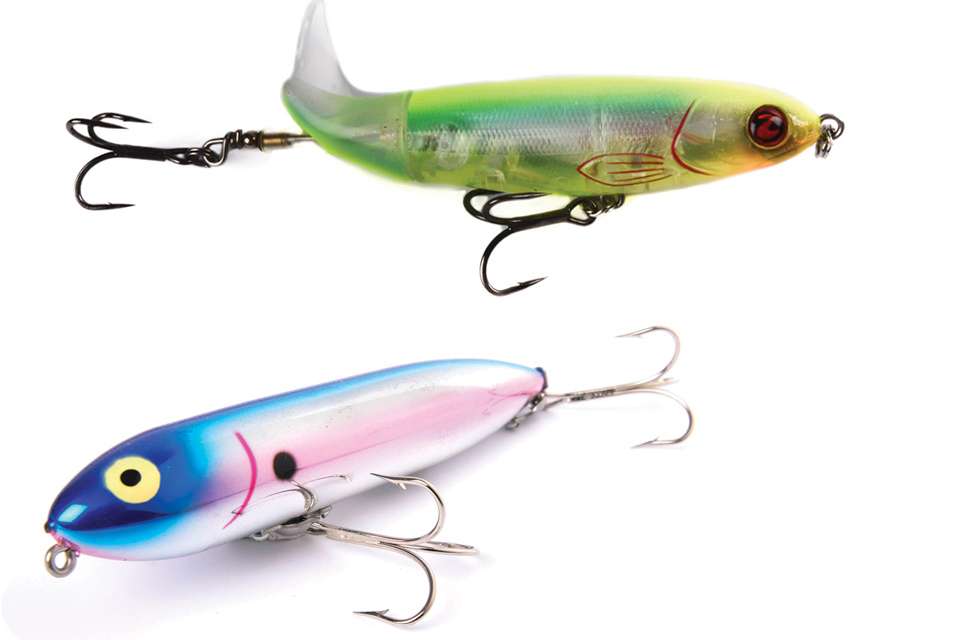
Full-meal deal
Forget the tired axiom “smallmouth/small lure.” Where surface baits are concerned, big autumn smallies crave a full-meal deal. “Once the days grow shorter and the water temp drops, these fish get dead serious about packing in the groceries prior to moving to their deep winter haunts,” Noffsinger said. “This is when you want to be throwing a big, noisy walking bait like the River2Sea Whopper Plopper 110 or a cigar-shaped stickbait like the 4 1/2-inch Heddon Zara Spook. These beefy, aggressive surface plugs work especially well on windy days when there’s some chop on the surface; they create a lot of commotion and can trigger hellacious reaction strikes.” Noffsinger retrieves walking baits at a steady, slow-to-medium clip without pauses and presents stickbaits in classic walk-the-dog fashion, varying the retrieve cadence until he determines what the fish want. He throws full-sized topwaters on a 6-foot, 8-inch medium-heavy G.Loomis baitcasting rod paired with a 7.1:1 Shimano reel spooled with 30-pound Vicious No Fade braid; the braid is tied directly to the plug with no leader.
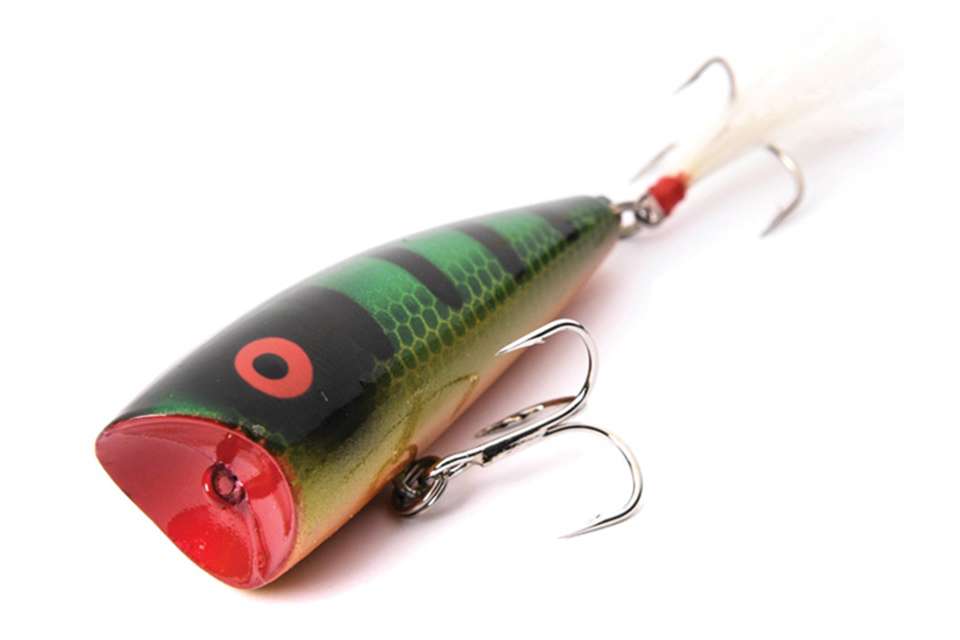
“Finessing” a strike
In calm conditions, superclear water, bright sunlight or whenever the fish grow hesitant to strike, Noffsinger may downsize his surface offerings. While it’s a stretch to call any hard surface plug a finesse bait, compared to a wiener-sized Whopper Plopper or a slender Lucky Craft Splash Tail, a compact Rebel Pop-R definitely leans toward the finesse end of the spectrum. “Most guys use a Pop-R for largemouth during summer on weedy lakes, but I’ve caught some wall-hanger smallies on it in the fall,” Noffsinger said. “I don’t target grass all that much for smallmouth because these bass don’t relate to thick cover nearly as much as largemouth do. Instead, I’ll throw the Pop-R on the same shallow, relatively barren offshore structures where I’ll fish the bigger, noisier topwaters. In clear water, smallmouth will often slash at these baits instead of inhaling them; they’re attracted to the feathered tail.” In tough conditions, Noffsinger also relies on small prop baits like the Splash Tail and Heddon Baby Torpedo. “I especially like these minnow imitators on calm, sunny days. Short, erratic twitches of the rod tip make their tiny propellers sputter and reflect light, mimicking an injured baitfish struggling on the surface.” Noffsinger fishes small surface baits on a 6-8 medium action G.Loomis spinning rod with a 7.1:1 Shimano reel spooled with 20-pound braid; in this “finesse” application, he adds a 2-foot leader of 14-pound monofilament. “Don’t use a fluorocarbon leader with a surface bait,” he advises. “Fluorocarbon sinks; mono floats.”
Glory days
Once the lake temp dips below 55 degrees, Noffsinger finds the fall topwater bite tapers off dramatically, and other lure styles, including jerkbaits and metal blade baits, become more viable as the fish gravitate to their deep winter haunts. “If you’re really serious about tangling with a big fall smallmouth, monitor the lake temperature closely starting around mid-September,” the guide advised. “Once it edges into that magic 62 to 58 degree range, make sure you hit the water rain, wind or shine, and hammer the heck out of those key shallow structures with topwater lures. I guarantee it’ll be a blast in more ways than one!”
In fall, big smallmouth will plaster surface baits rain or shine, all day long. Michigan guide Chris Noffsinger bagged this beauty on a prop bait.
Prime targets for fall smallmouth topwater action
Not sure where to sling a surface bait in fall? Veteran Michigan smallmouth guide Chris Noffsinger recommends these key offshore structures.
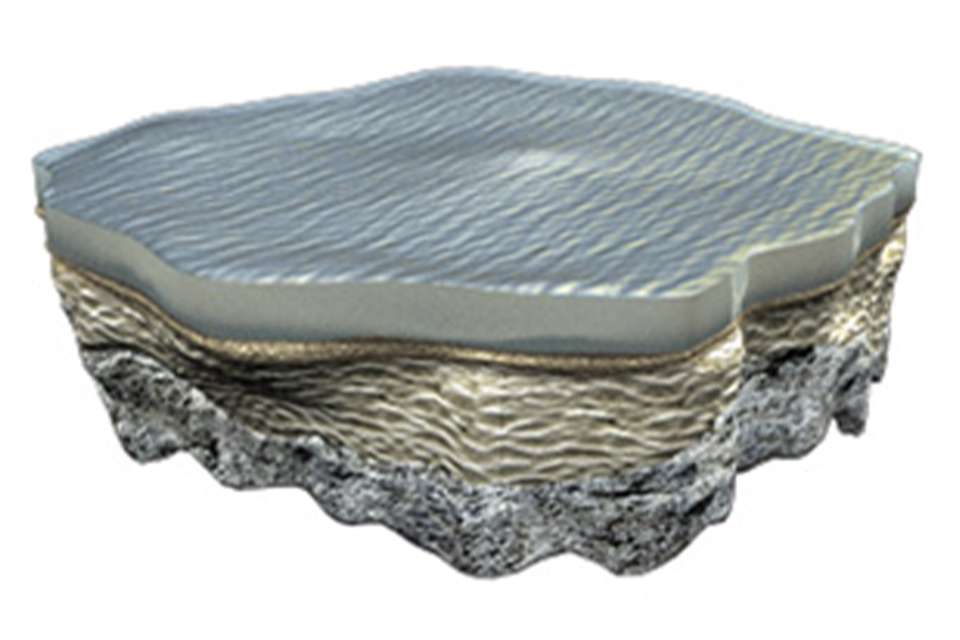
Shallow flats — “Autumn smallmouth will gravitate to big main-lake flats ranging from around 3 to 6 feet deep to gorge on crawfish and baitfish and will crush a surface lure. Flats with a mixed bottom composition (clay and gravel, sand and scattered grass or rocks, etc.) are best since they attract the most varied forage.”
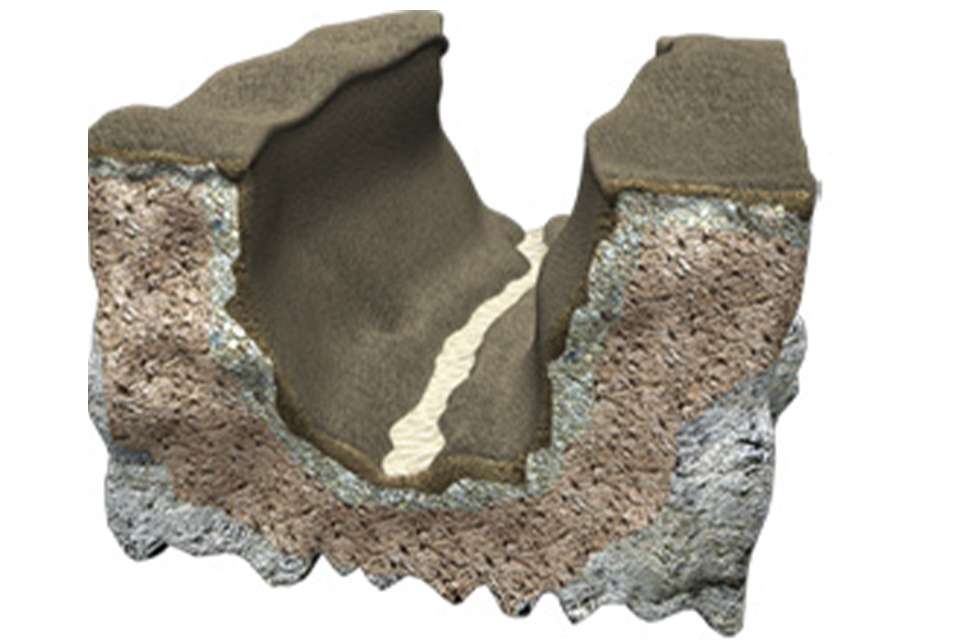
Sharp vertical dropoffs — “Smallmouth relate to dropoffs the way largemouth relate to thick cover. Dropoffs are visible with the naked eye in clear natural lakes; the water looks blue or green on the shallow side and much darker along the drop. Use your electronics to locate dropoffs in murky reservoirs. Retrieve a surface bait parallel to the drop; if smallies aren’t feeding in the adjacent shallow water, they’re probably suspending in deeper water close to this critical edge.”
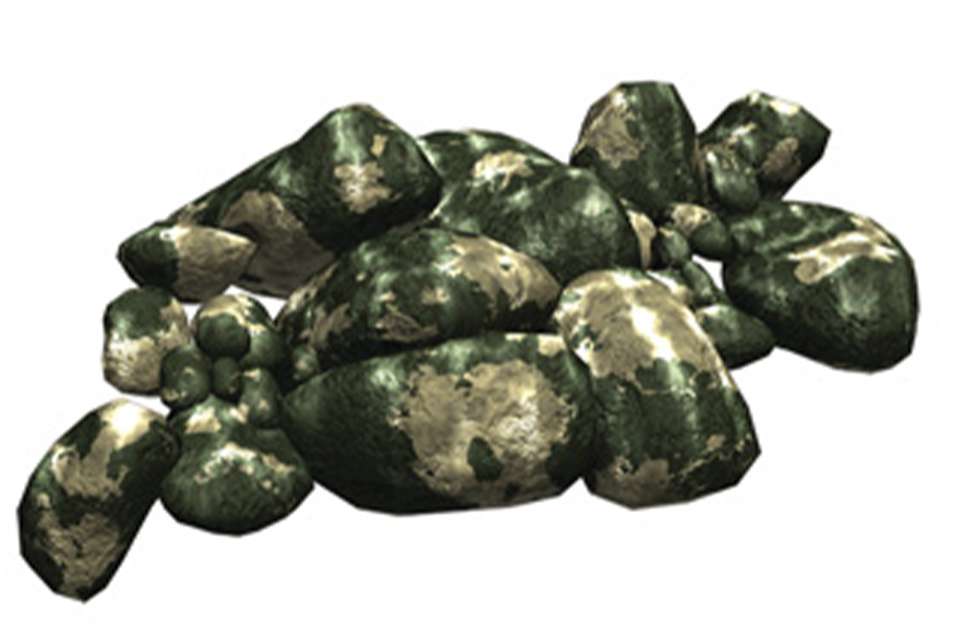
Rockpiles and humps — “Any high spot surrounded by deep water is a high-percentage smallmouth topwater target in fall. If they aren’t on top of the structure, they’re probably suspending somewhere off the sides; either way, they’ll smash a surface bait.”
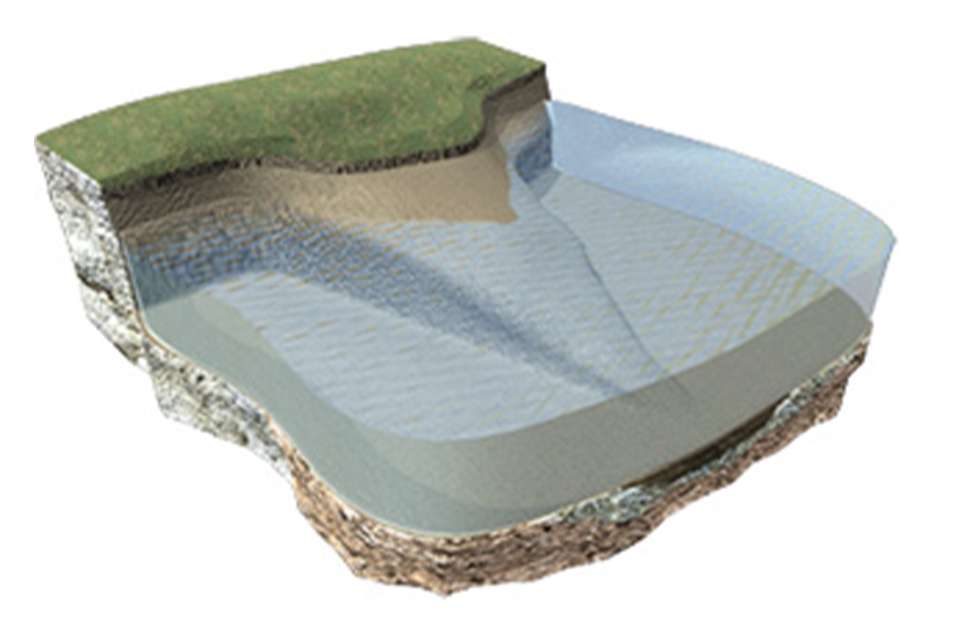
Points and roadbeds — “In reservoirs, long, slow-tapering clay, gravel or chunk rock points and submerged roadbeds that eventually intersect a deep channel are both prime fall smallmouth haunts. Work a noisy walking bait or stickbait across either of these structures, and a whole pack of big smallies will often swim up and chase it.”
Originally appeared in Bassmaster Magazine 2021.
